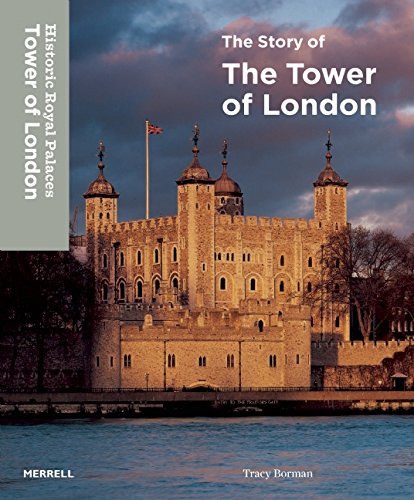Post
BOOK REVIEW: The Story of the Tower of London by Tracy Borman
13 Jun 2016
The Story of the Tower of London by Tracy Borman.
Merrell, 2015. £19.95. merrellpublishers.com
Review by Giles Waterfield
The long history of the Tower of London - one of a very small group of buildings in Britain that has been continuously occupied for 1,000 years or so - has been frequently interpreted and reinterpreted. The Tower has been seen, particularly in the 19th century, as the epitome of English history, notably in the endlessly popular Tudor period. Its complex tradition, as palace (or at least royal residence in times of crisis), fortress, prison, place of execution, armoury, garrison, showplace, menagerie and village, has given it a particular resonance. Anyone experiencing it on a summer afternoon today (or indeed a winter morning), buffeted by tourists from around the world, can see how powerful its appeal remains.
Tracy Borman is a distinguished historian who has published books on subjects ranging from Thomas Cromwell to Queen Matilda. In addition, she is joint chief curator of Historic Royal Palaces, the organisation that cares for and shows the unoccupied palaces. This background makes her particularly well qualified to write a new history of the Tower.
This is a work of synthesis, presenting the history of these complex buildings in a well-managed and richly illustrated format. Borman writes with fluency and it is a pleasure to turn these pages, filled as they are with interesting information and lively anecdotes. The title of the book emphasises the "story" and that is what we are given. It is as much about the events that took place there as about the developing architectural history of these complex buildings - about which it would have been interesting, at least for this reader, to have heard more.
Borman tells her story in quite an old-fashioned way, with an emphasis on the old stories that surround the Tower: the executed noblemen and queens, the ravens, the attempted theft by Colonel Blood of the crown jewels. This entertaining narrative is illustrated by numerous Victorian paintings, which emphasise the 19th century view of the Tower as a place of cruelty and suffering. Delaroche's Execution of Lady Jane Grey is only the most famous example.
There are quite a number of subjects that Borman might have addressed but chooses not to develop: the architectural importance of the castle, the character of the royal apartments, the appearance of the Tower in opera and theatre, the problems over showing such a building in the 21st century. It would have been interesting to hear the views of such a discriminating writer on these topics, but that was not her brief. Instead we have a thoroughly readable if (to anyone interested in the topic) not very surprising history that will give a good deal of pleasure.
